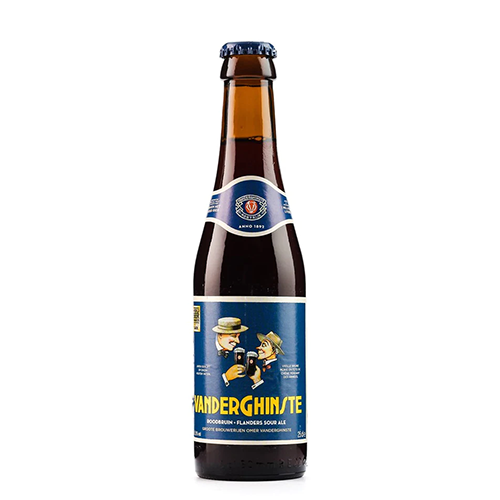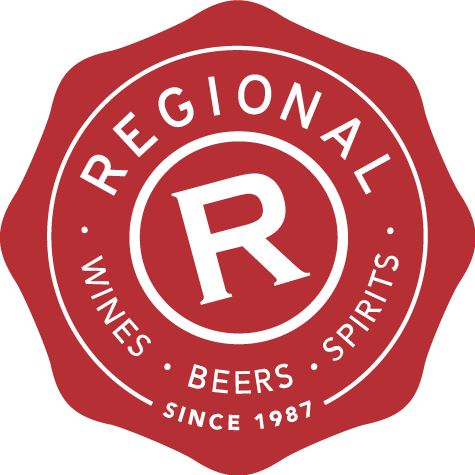
Vander Ghinste Roodbruin and the subtleties of red and brown…
If you missed the last one, let me catch you up. Omer Vander Ghinste made his first beer back in 1892 and now, five generations and 125 years later, the brewery is still going strong. In fact, the first beer was called Ouden Tripel and over the years it has evolved to become Roodbruin which is today’s beer.
The Vander Ghinste website describes Roodbruin as an “authentic red-brown beer of south-west Flanders - Flanders sour”. This all sounds perfectly spiffing and I guess we could leave it there with me telling you simply to buy it - but, we're better than that, aren’t we!
So, let’s get our geek on and dig a bit deeper!
Of course, it turns out that there’s some interesting points associated with this description once you start looking into things. The beer is straddling a fair few styles - it’s both red and brown, a Flanders sour and the name itself, Roodbruin (which translates to red brown), sounds uncannily like oud bruin. So is it a Flanders red or an oud bruin - or somewhere in the middle?
It has to be said, there’s a pretty big overlap between Flanders reds and oud bruins -the subtle difference being that oud bruins have more alcohol, deeper chocolate malt flavours and less acetic qualities. The distinction was made by Michael Jackson but, as far as the Belgians are concerned, the two styles are very much from the same family - and which explains our split personality description and perhaps the word play that Vander Ghinste is embarking on.
However, the styles are also geographically defined to a certain extent. Flanders reds are more typically associated with West Flanders, whereas oud bruins are usually made in East Flanders. So, going by this, our Roodbruin is more closely aligned with a Flanders red.
The beer is made by blending top fermented ale with Lambic beer aged in oak barrels for 18 months. This aged beer addition, and all the wild yeast funk it brings, is perhaps the key to the style and results in the famous sour notes and wine like qualities that we again associate a bit more with a Flanders red than an oud bruin.
Let’s see if it plays out true to type in the glass…
It pours a lovely mahogany colour with burgundy tints framing a deep mocha - which one might describe as red brown if one wasn’t trying so hard (lol). The nose is tart with cider and wine-like notes, red fruits and hints of oaky vanillins - complex and sophisticated it keeps me syphoning like an elephant at a watering hole. The palate walks a tight line between sour and sweet like a fresh crepe sprinkled with sugar and a then dowsed in lemon juice. There are red apples and tart red berries at the fore but little glimpses of chocolate malt that keep teasing until the end. The sourness eventually wins over - but it’s not acetic, as such, just tart and crisp and mouth-watering.
It’s the acid that sets this style apart and certainly takes us into Flanders red territory and the likes of peers such as Rodenbach and Duchesse de Bourgogne. This one perhaps a bit more restrained - but just as moreish.
The distinction between styles can seem pedantic and subjective on occasions, especially as our desire to classify doesn’t always fit with how the beers are perceived in the locales in which they are actually made. We may have gone down the beer styles rabbit hole once again today and reappeared exactly where we started but, If nothing else, next time your mates talk about east coast and west coast IPAs - you can certainly get one up on them with your knowledge of east and west Flanders!
